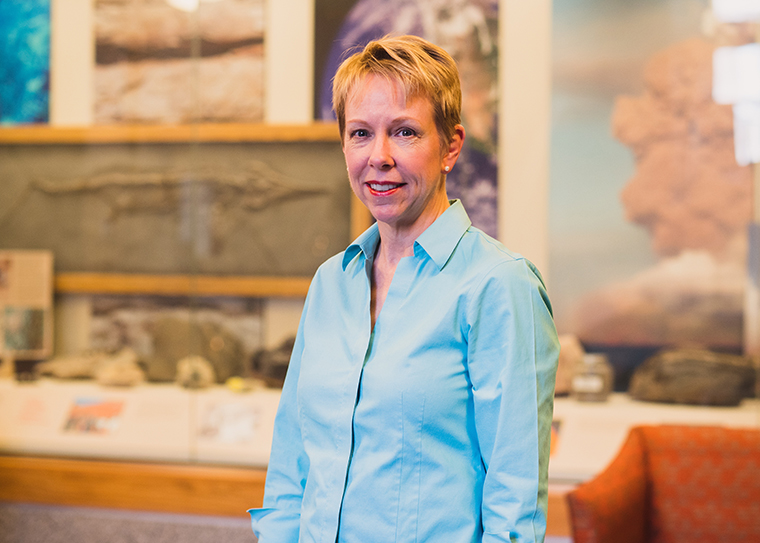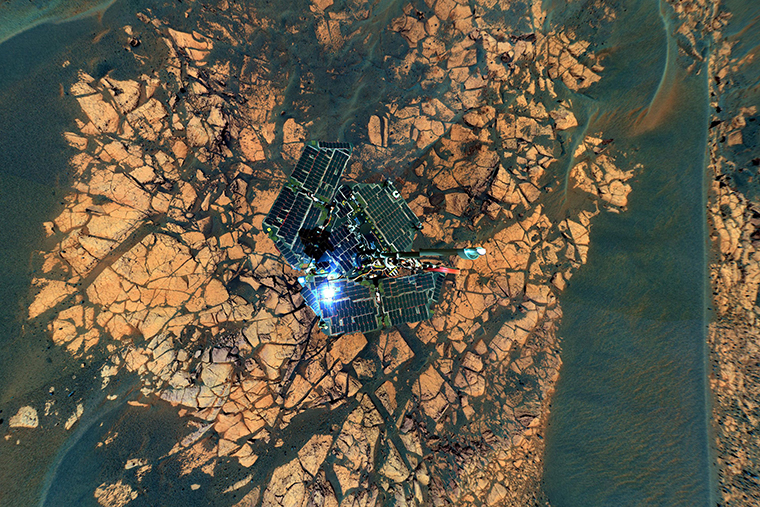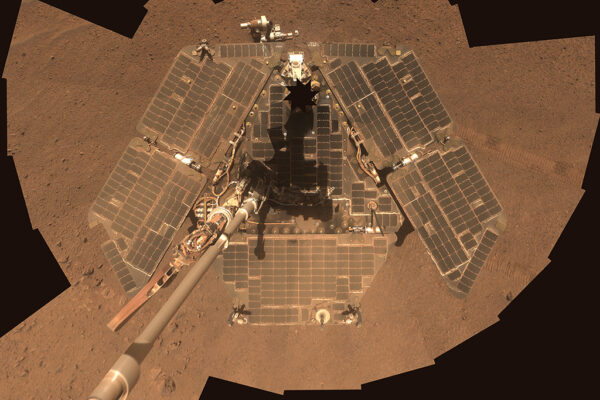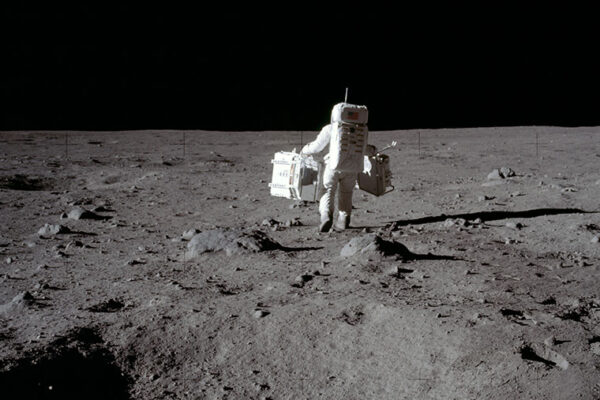Washington University in St. Louis will continue to archive and distribute digital data related to the study of the surfaces and interiors of terrestrial planetary bodies under a five-year cooperative agreement notice with NASA, with a value to the university projected at $11.8 million.
The space agency recently renewed its agreement with scientists in the Department of Earth and Planetary Sciences in Arts & Sciences. Washington University has managed the Geosciences Node of NASA’s Planetary Data System (PDS) since the program’s inception, working directly with NASA missions to help them generate well-documented, permanent data archives related to geology, geophysics, surface properties and tectonics of planets.
“The next five years will see a huge growth in data from NASA’s robotic missions, particularly for the moon. Our node personnel are excited to be involved and to help ensure that peer-reviewed data and documentation from these missions are available through the web on a worldwide basis,” said Raymond E. Arvidson, the James S. McDonnell Distinguished University Professor of earth and planetary sciences in Arts & Sciences.

The Geosciences Node is one of six discipline-specific nodes located at institutions around the country.
“We provide data to NASA-sponsored researchers along with expert assistance in using the data,” said Susan Slavney, curator of the Geosciences Node and a research programmer in earth and planetary sciences at Washington University. “All our archives are online and available to download free of charge.”
Although the data are open to the public, the PDS is mainly designed for scientists researching the rings, asteroids, comets, moons and planets. The Geosciences Node focuses on planning, validating, preserving and making available archives that pertain to understanding the surfaces, interiors and dynamics of Mercury, Venus, Earth’s moon and Mars.
In other words — as noted when the agreement was last awarded — most of what is known or could be known about the terrestrial planets is sitting on servers at Washington University.
The Geosciences Node at Washington University is the lead archive for all landed missions to Mars, preserving data that will be mined by researchers for decades to come. For example, the archives include details about the Spirit and Opportunity rovers’ every move as well as many images that helped this mission capture the public’s imagination.
Derived image data, geophysics data, microwave data, spaceborne thermal data and spectroscopy data obtained from NASA’s planetary missions are archived at Washington University, along with related data from laboratory and field studies. The node also collaborates with certain mission-funded data nodes.
“We have online archives totaling around 265 terabytes, with users retrieving about five terabytes a month from our Geosciences Node website and the Orbital Data Explorer, Analyst’s Notebook and Spectral Library interfaces,” Slavney said. “We are working with eight active or recently completed missions, six developing missions, 51 instrument teams and 60 researchers who are restoring mission data sets or generating archives from Earth-based and laboratory observations.”
Access the PDS Geosciences Node here.



